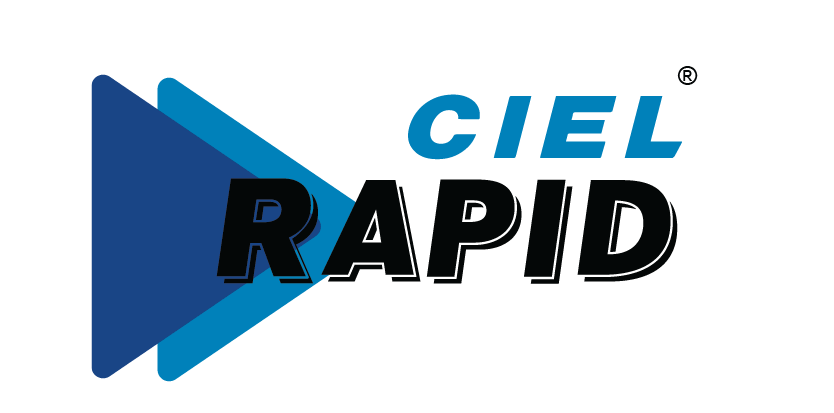 As businesses are operating in an increasingly interconnected world, they find their stakeholders coming from different backgrounds of religious practices, cultural norms, language nativities, social do’s and don’ts. For a leader, it is not easy to deal with such a large diversity. Given an opportunity, most people tend to build an ecosystem that draws upon similarities rather than thriving on novelties. Some people welcome and in fact, look forward to understanding diverse practices; however, they do not have to deal with a wide range of emotions, multitude of ambitions and a sea of perspectives each day of their lives. Getting such a group of people from diverse backgrounds to converge on a few ideas is quite a challenge.
As businesses are operating in an increasingly interconnected world, they find their stakeholders coming from different backgrounds of religious practices, cultural norms, language nativities, social do’s and don’ts. For a leader, it is not easy to deal with such a large diversity. Given an opportunity, most people tend to build an ecosystem that draws upon similarities rather than thriving on novelties. Some people welcome and in fact, look forward to understanding diverse practices; however, they do not have to deal with a wide range of emotions, multitude of ambitions and a sea of perspectives each day of their lives. Getting such a group of people from diverse backgrounds to converge on a few ideas is quite a challenge.
Why do organizations value diversity so much?
Undoubtedly, the first step is to recruit a mix of talent in terms of gender, academics, culture, ethnicity and physical abilities. The second and the most crucial step is to include all of them and engage all their hearts on the same set of goals and drive a common sense of purpose. All of us know that leading a diverse team is not an easy task, yet most forward-looking organizations call upon their employees in managerial roles to see the bright side of the coin.
We grow up with a set of social beliefs, norms and practices. We operate with a set of do’s and don’ts by the time we join the labour pool. We behave in certain ways without knowing why we do as such. In an organization, an employee deals with stakeholders who is not necessarily having the same perspective as the employee has. If the organization lacks diversity, the mismatch between viewpoint of the employee with that of the external stakeholder starts manifesting as customer complaints, employee grievances, lack of motivation to achieve the goals and so on. The stress starts showing up in the results of the firm.
To solve this undesired situation, organizations assemble a team which brings to the table a variety of experiences, views and beliefs. This team starts viewing a challenge from multiple angles and develops a solution which is more holistic than that can be delivered by a homogeneous team.
Inclusion is much beyond the diversity index.
Organizations want diversity and the index must look good. Hence, they want to hire women leaders, ex-servicemen, people from cities other than the home city, people with different abilities, young mothers returning back to work, older folks and so on. What do they get other than a healthy number meeting the target of diversity index?
One must not lose the sight of the wood for the trees. Organizations want diversity because they believe that they would be able to respond to external and internal situations holistically. The leader has to be build the environment where all the viewpoints are generated, heard and worked upon. Diversity plays its role only when the power of this characteristic is leveraged.
Organizations have to build platforms to bring together all groups of people to analyze a situation and come up with alternates. Every view must reach the ears and minds of people who are supposed to act on them.
Do not compromise the pace!
A leader in the armed forces has to direct the troops rather than engage in a dialogue and debate. This is because of the fact that a battlefield does not allow the luxury of time for a discussion, debate and consensus. Organizations who want to leverage on the power of diversity might get caught in the trap of slow pace. In today’s world, businesses need to be extremely agile. How can one be agile, yet at the same time engage all its rank and file in conversations?
In fact, organizations who value the talent of their employees, provide them with adequate freedom and independence to act. This empowerment creates a sense of responsibility and ownership in the minds of the employees, in turn creating a greater organizational momentum. A homogeneous workforce, on the other hand, might just fall into a zone of comfort, take things for granted and not challenge each other enough. It is not necessary that a lack of variety makes decision making easy and quickens the pace of execution. And at the same time, diversity does not slow things down.
The leader has to truly believe in the fact that a cross-cultural team can potentially deliver holistic and complete solutions. He has to build the right platforms in the organization to facilitate the integration of ideas.

